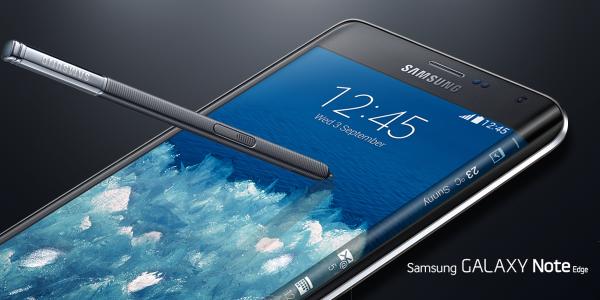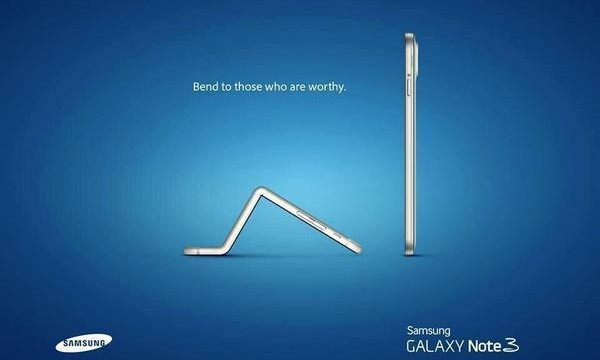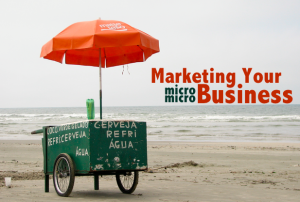With the emergence of much new and sometimes disruptive technology every year, the landscape of business is always changing, and now at a faster rate – sometimes for the better, sometimes for the worse; there’s always winners and losers in every industry. The arrival of the internet opened thousands of new opportunities and was responsible for the birth of giant technology and e-commerce companies such as Google, Facebook, Twitter, Amazon, Alibaba, eBay, and many more. It created a whole new frontier for new businesses to spawn, develop, and compete. As the internet slowly matured, information became easily accessible and an abundance of valuable resources and tools became increasingly more available for the public to use, which made finding a supplier and creating a small, micro-business easier than ever before. What exactly is a micro-business? According the U.S. Small Business Administration, the definition of “microbusinesses [are] … organizations with less than five employees, small enough to require little capital ($35,000 or less) to get started” (Source).
Because of the internet, business as a whole changed as well – it has driven us to rethink the way we set up a business; brick and mortar retail store, fully e-commerce, or perhaps mix a both. Sites such as Google, Facebook, Twitter, and the like have provide a new platform for how we connect with our customers, opening many more ways for marketers to advertise and deliver value. For companies, no matter the size, this is incredible since it breaks down physical boundaries and exponentially increases the potential reach that the business now has. For small start-up companies that sell anything, a good or service, the combination of effective social media and e-commerce means larger reach and higher chance of conversion.
In social media, there is a concept called paid, owned, and earned media. Simply put:
- Paid media refers to the channels that companies/brands pay to use (TV commercials, advertisements of any kind really)
- Owned media refers to the channels that the company already owns: its own website, Facebook page, Twitter handle, Instagram account, Youtube channel, etc. Your company controls these channels!
- Earned media refers media attention that comes from customers, such as word of mouth, online referral, hype and buzz, etc. This can be good, but can also be bad if the media is negative.
How does this relate to how it can help a micro-business? Micro-businesses tend to not have a huge budget for marketing, and thus they would have less of a presence and less of a customer outreach and customer base. However, because of the internet and social media, this is no longer true and companies can now take their stores online and reach people from all over the country/world by advertising and directly engaging customers through channels such Facebook, Twitter, and Instagram while owning an online store through sites like Amazon, eBay and their own website. Although paid media is still important, and will always be a piece of the media pie, the amount of owned media that everyone has access to now makes reaching your target market much easier and in places that may have never been possible before. If small business owners use their owned media channels effectively, then they generate their own buzz and turn it into earned media and boost their sales. To quote a piece done by Forrester Research Inc., “earned media is often the result of well-executed and well-coordinated owned and paid media.”



